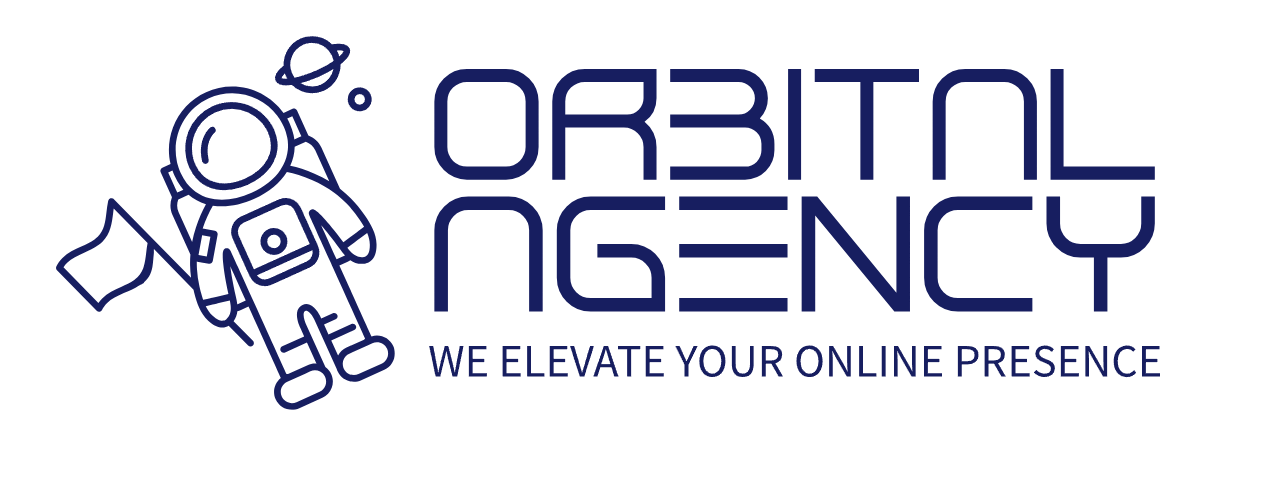Web Design for Startups: Build a Site That Scales With You
Your startup's website is more than just an online presence—it's your first pitch, your storefront, and your proof of concept. In the fast-moving startup world, web design isn’t just about looking good—it’s about building credibility fast, generating leads, and scaling efficiently.
For most startups, your website will be the first interaction investors, customers, and partners have with your brand. If it looks amateur, loads slowly, or doesn’t communicate your value in the first few seconds, you're already losing trust.
Great startup web design begins with clarity. What problem do you solve? Who is it for? Why are you different? These answers should be immediately visible above the fold on your homepage—paired with a clean design and clear call-to-action.
Mobile responsiveness and speed are also non-negotiable. Startup users are tech-savvy and move fast—your website needs to be optimized for all devices and load in under three seconds. Anything slower costs you conversions.
Scalability is another key factor. As your startup grows, so will your website needs. Maybe you’ll start with a landing page, then add new product pages, blog content, or team bios. A flexible design system allows you to scale content and functionality without needing a full redesign every few months.
Great startup sites also integrate lead capture early. Whether it’s email signups, beta access forms, or demo requests, your website should collect and nurture interest from day one. This builds your pipeline before your product is even finished.
Don’t overcomplicate it. Many startups spend too much time chasing design trends or flashy effects. Your site doesn’t need animations or advanced tech. It needs to communicate clearly, function smoothly, and reflect your brand identity with confidence.
Your messaging and design should align with your target audience. If you're in fintech, your site should look secure and professional. If you're building a wellness app, go for clean visuals and a calm user experience. Every font, color, and headline should support your positioning.
Content is also critical. Even a one-pager can include strong copy that tells your story, explains your solution, and builds trust. Include a section about your team (even if it’s just you), your vision, and next steps. Authenticity matters more than polish.
Many startup websites also benefit from integration with tools like Calendly, HubSpot, or Stripe. These connections save time and allow you to collect payments, book calls, or track leads automatically as you scale.
And finally, track everything. Use Google Analytics, Hotjar, or similar tools to understand where people click, where they drop off, and what content keeps them engaged. Iteration is key.
A well-designed startup website doesn’t just launch your business—it validates it. It helps you prove demand, build traction, and look legit when you’re pitching customers or investors.
Schedule your Free Custom Website Demonstration today to see how we can design a startup website that’s agile, scalable, and built for growth from day one.
For most startups, your website will be the first interaction investors, customers, and partners have with your brand. If it looks amateur, loads slowly, or doesn’t communicate your value in the first few seconds, you're already losing trust.
Great startup web design begins with clarity. What problem do you solve? Who is it for? Why are you different? These answers should be immediately visible above the fold on your homepage—paired with a clean design and clear call-to-action.
Mobile responsiveness and speed are also non-negotiable. Startup users are tech-savvy and move fast—your website needs to be optimized for all devices and load in under three seconds. Anything slower costs you conversions.
Scalability is another key factor. As your startup grows, so will your website needs. Maybe you’ll start with a landing page, then add new product pages, blog content, or team bios. A flexible design system allows you to scale content and functionality without needing a full redesign every few months.
Great startup sites also integrate lead capture early. Whether it’s email signups, beta access forms, or demo requests, your website should collect and nurture interest from day one. This builds your pipeline before your product is even finished.
Don’t overcomplicate it. Many startups spend too much time chasing design trends or flashy effects. Your site doesn’t need animations or advanced tech. It needs to communicate clearly, function smoothly, and reflect your brand identity with confidence.
Your messaging and design should align with your target audience. If you're in fintech, your site should look secure and professional. If you're building a wellness app, go for clean visuals and a calm user experience. Every font, color, and headline should support your positioning.
Content is also critical. Even a one-pager can include strong copy that tells your story, explains your solution, and builds trust. Include a section about your team (even if it’s just you), your vision, and next steps. Authenticity matters more than polish.
Many startup websites also benefit from integration with tools like Calendly, HubSpot, or Stripe. These connections save time and allow you to collect payments, book calls, or track leads automatically as you scale.
And finally, track everything. Use Google Analytics, Hotjar, or similar tools to understand where people click, where they drop off, and what content keeps them engaged. Iteration is key.
A well-designed startup website doesn’t just launch your business—it validates it. It helps you prove demand, build traction, and look legit when you’re pitching customers or investors.
Schedule your Free Custom Website Demonstration today to see how we can design a startup website that’s agile, scalable, and built for growth from day one.
